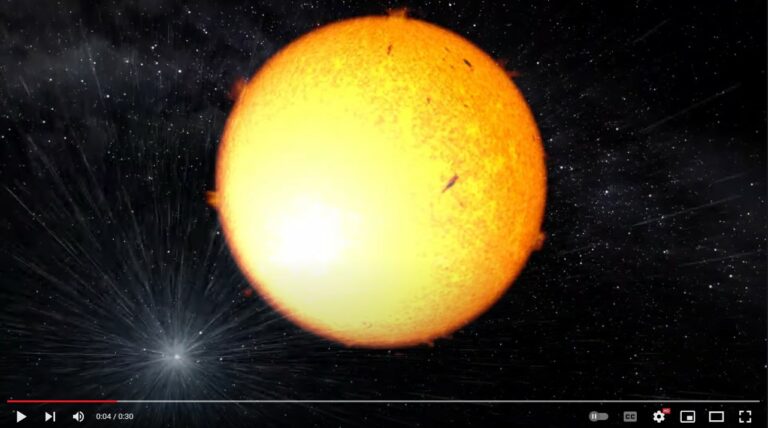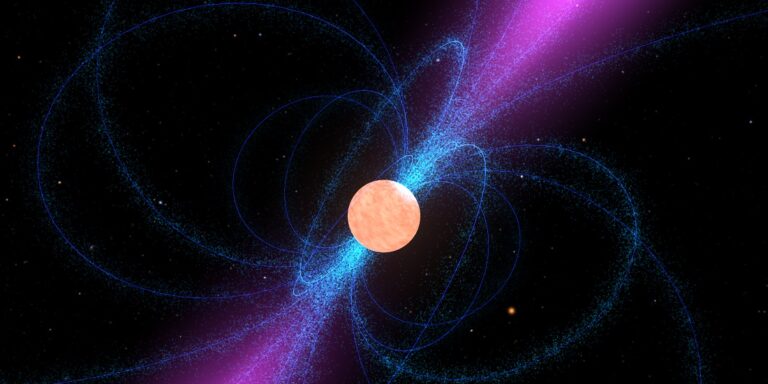The astrophysics field of compact binary millisecond pulsars is thriving. This growing class of rapidly spinning neutron stars – also known as “spiders”– constitutes the most promising place to find massive pulsars.
During the last decade, millisecond pulsar research has seen a true revolution. The launch in 2008 of the Fermi Large Area Telescope led to a drastic increase in the discovery rate of millisecond pulsars, most of which turn out to be in very compact orbits. To date, we have identified more than 50 spiders, and the population of compact binary millisecond pulsars keeps growing. Since 2008, three compact binary millisecond pulsars have transitioned between accretion and rotation-powered phases, giving the final confirmation of the pulsar recycling scenario
LOVE-NEST is a 5-year team action funded by the European Research Council (ERC consolidator grant) to study compact binary millisecond pulsars from many different angles. LOVE-NEST is hosted at the Norwegian University of Science and Technology (NTNU), and started in December 2021.
Here you find news and updates about the project and team members.






